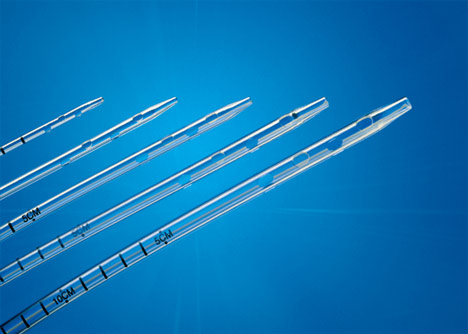Medicine sure has some weird measurement systems. Besides the more standardized units like microliters, milligrams, and International Units, we’ve got some odd stuff like French (tubes) and gauge (needles). When dealing with tubes and catheters, the size is usually specified in French units.

Since I’m posting several articles on the size of REBOA (resuscitative endovascular balloon occlusion of the aorta) this week, I figured I would re-post this article on where the French sizing system came from.
Where did this crazy French system come from? It was introduced by a Swiss-born gentleman named Joseph-Frédéric-Benoît Charrière. He moved to Paris and was apprenticed to a knife maker. At the age of 17, he founded a company that manufactured surgical instruments. His company developed and improved a number of surgical instruments, including hypodermic needles and various catheters.
Charrière introduced the system for describing catheters based on their outer diameter (OD). It was actually named after him, and in France one will occasionally see catheters described in Ch units. Unfortunately, we Americans had a hard time pronouncing his name, and changed it to the French system (Fr).
So what’s the translation? The Ch or Fr number is the outer diameter of a catheter in millimeters multiplied by 3. It is not the outer circumference in millimeters, and the use of pi is not involved. So a big chest tube (36 Fr) has an OD of 12 mm, and a bigger chest tube (40 Fr) has an OD of 13.33 mm.

